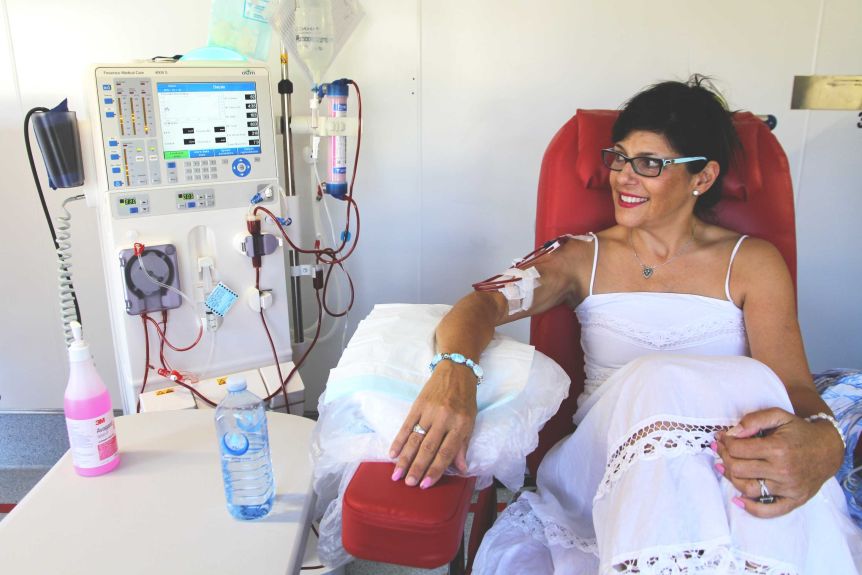There are about 2 million people suffering from End-Stage Renal Failure in the world. Dialysis treatments are essential to keep them alive.
Kidney transplant is another option, but there aren’t enough kidney donors for 2 million patients, whose number increases every year.
Thankfully, there are three new technologies that are being developed to improve the quality of life for CKD patients.
Wearable Artificial Kidney
It is a miniature battery-powered device that is worn like a belt and weighs about 10 pounds. It connects to the body through a catheter It continuously filters the blood of toxins, removes excess fluids gradually and controls potassium and phosphorus levels. This can help prevent hypotension, hypertension, and pulmonary edema, which are common among dialyzed patients. There would also be lesser medications to take and costly hospitalizations will be avoided. With this new technology, dialysis can now be wearable and that means a better quality of life for these patients.
Bioartificial Kidneys
Bioartificial kidneys are an implantable device that can do the work of normal kidneys, such as filtering the blood of waste products.
It also helps maintain normal blood pressure and normal pH levels. It will make the body healthier, too, because it will improve absorption and effectively utilize the vitamins and minerals received by the body. It makes use of silicon nanotechnology with living human kidney cells to make it blood compatible and is placed away from the device’s intake filter, so the risk of rejection is unlikely.
Organ Preservation and Drugs
Hypothermic Machine Perfusion (HMP)
Developed to prolong the preservation time and quality of the kidneys. Hypothermia reduces the metabolic demand of the kidneys. When the temperature drops, the ATP utilization also decreases. Kidneys under the HMP resulted in better viability of the kidneys, there is less damage to the proximal tubule and had a lower rate of delayed graft function. Patients have better recovery after kidney transplant operation and have improved kidney function.
Immunosuppressant Drugs
A class of drugs that lowers the strength of the immune system. These are usually taken by a patient who has just undergone a kidney transplant to weaken the immune system and prevent the body from rejecting it.
This inhibits the body’s immune system to view it as a foreign object and attack it. These drugs make the transplanted organ healthy, in return.
Bottom Line
Although these new technological advancements need further studies, they give hope to millions of kidney patients all over the world. It might just put an end to the struggle that these patients undergo each time. This just might give them their lives back and live a happier and fuller life in the future.
